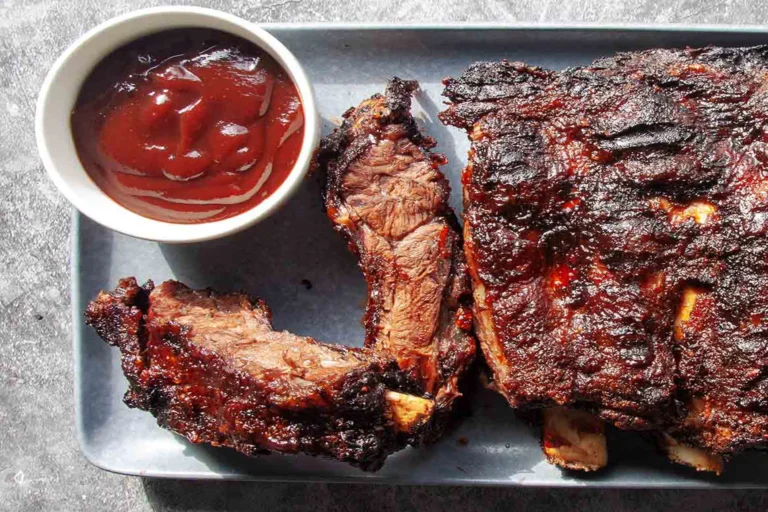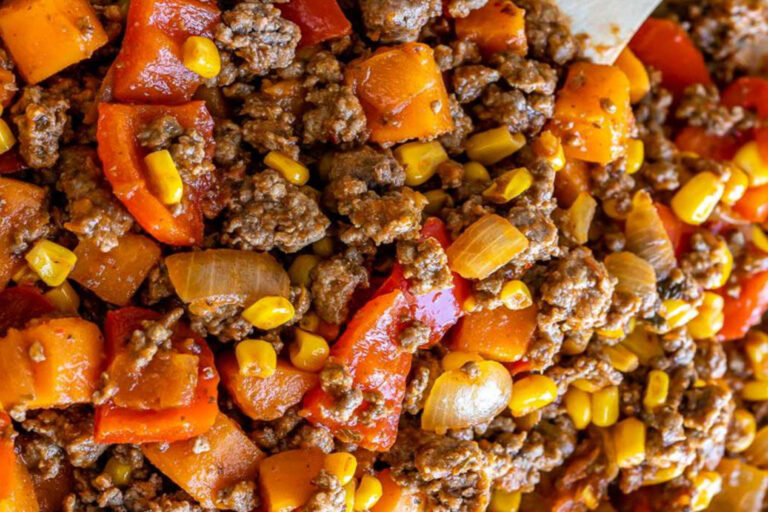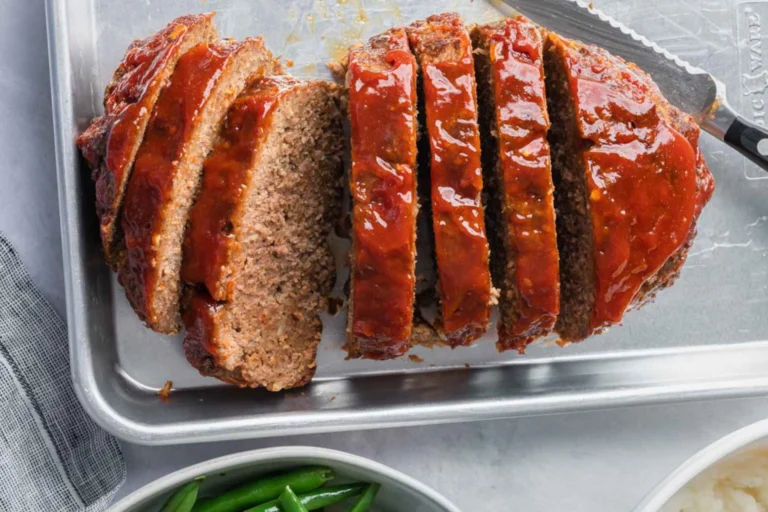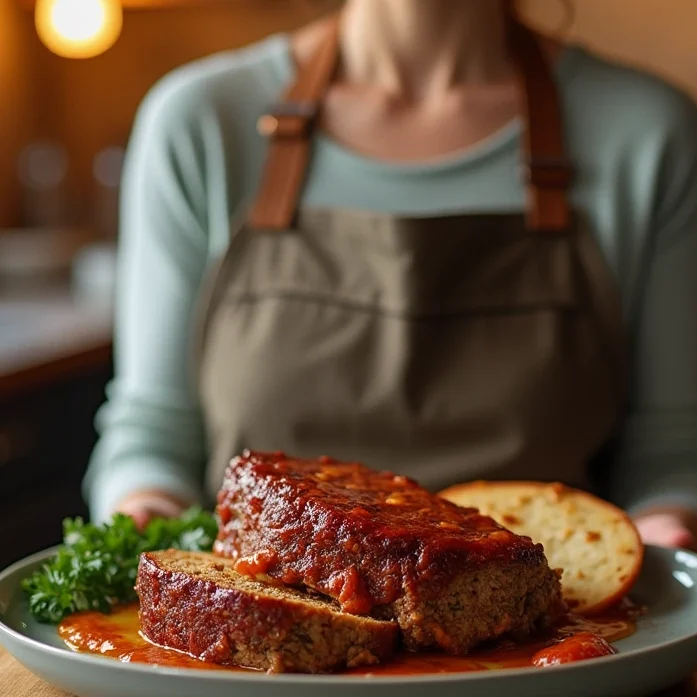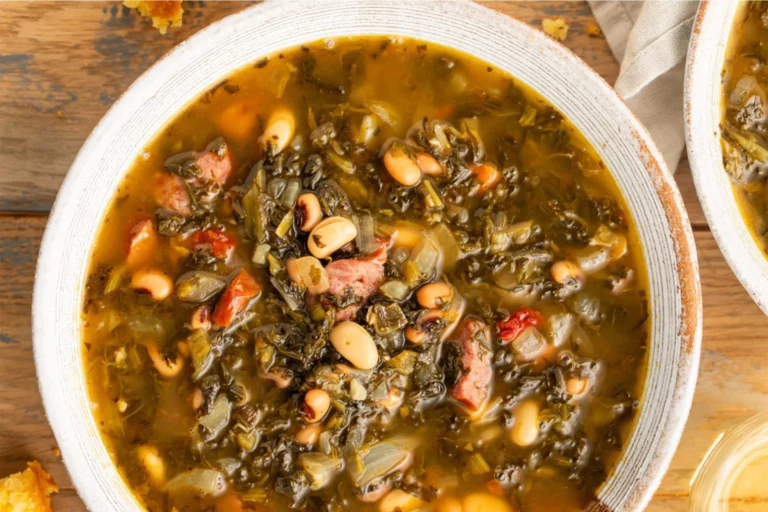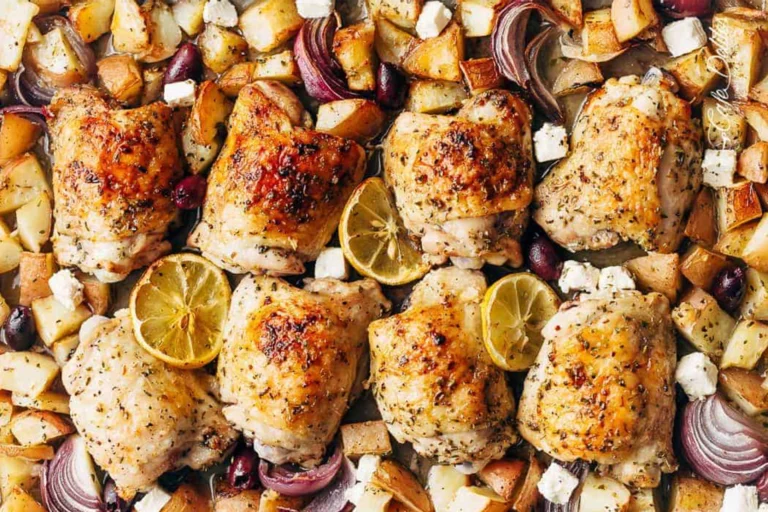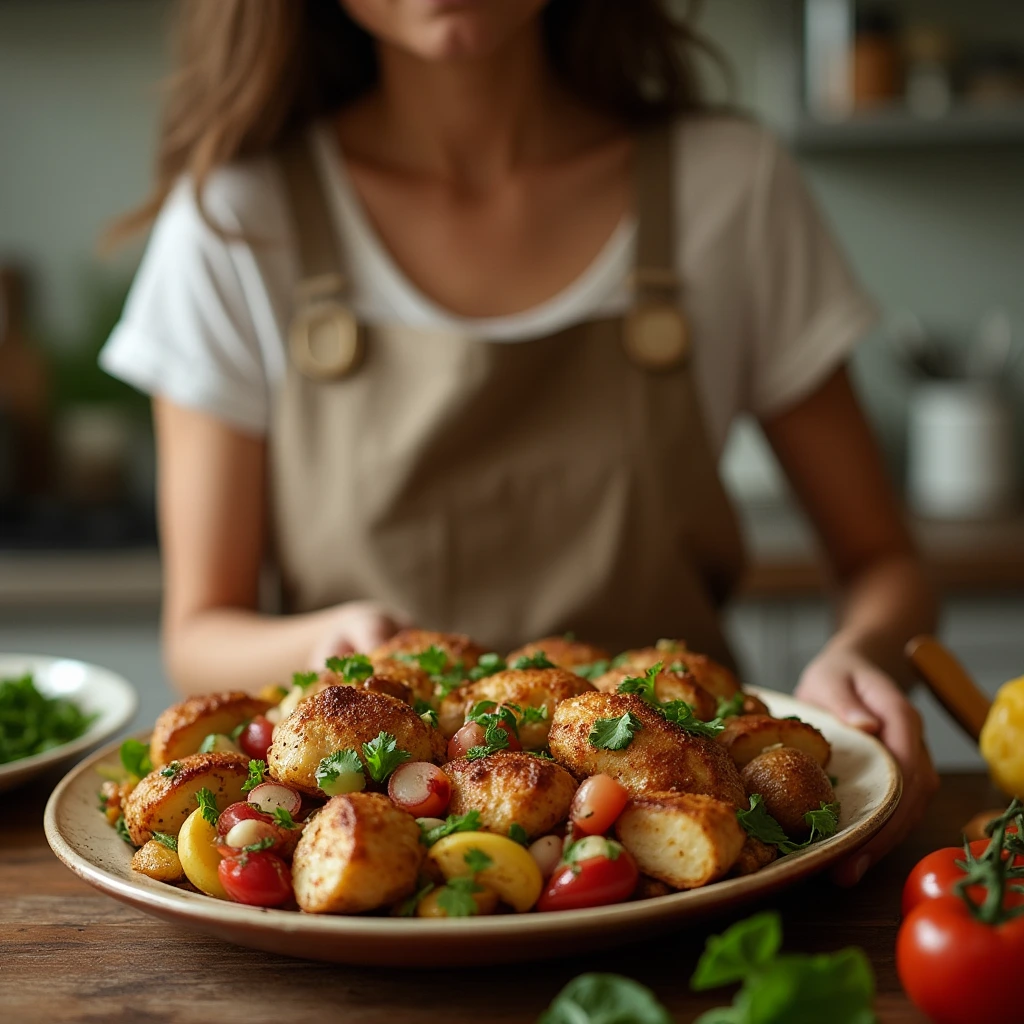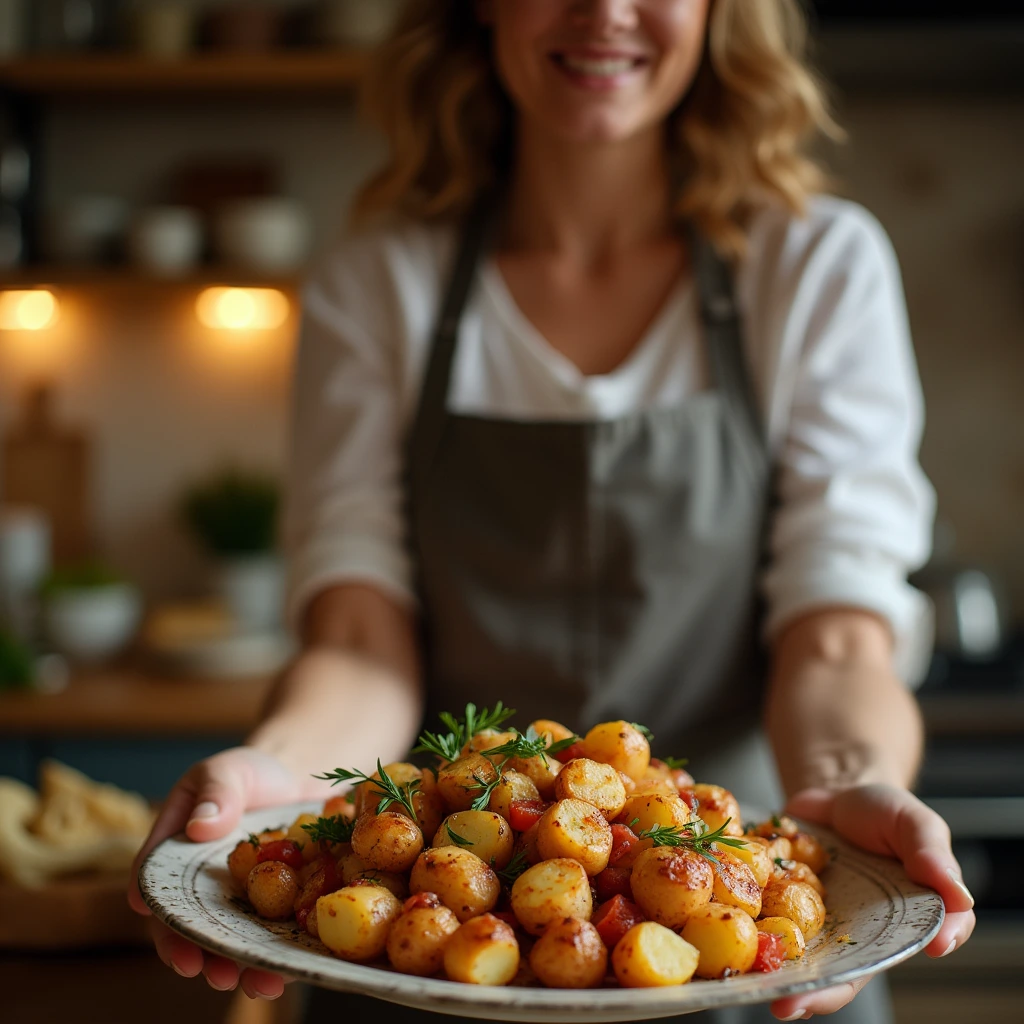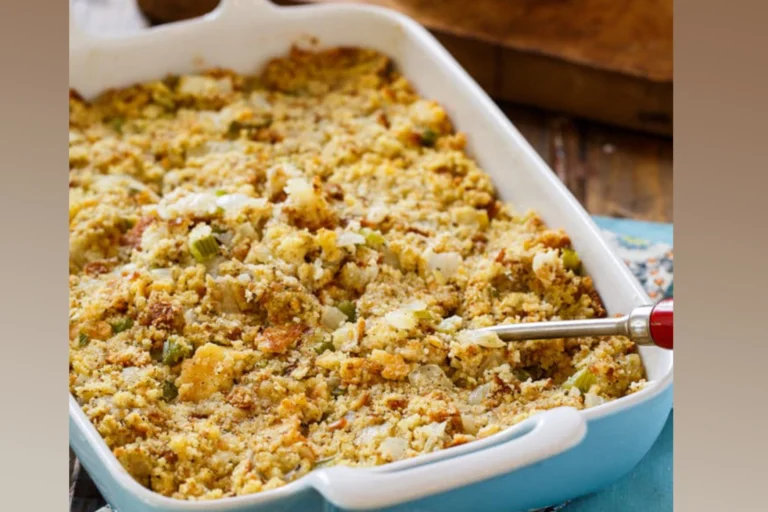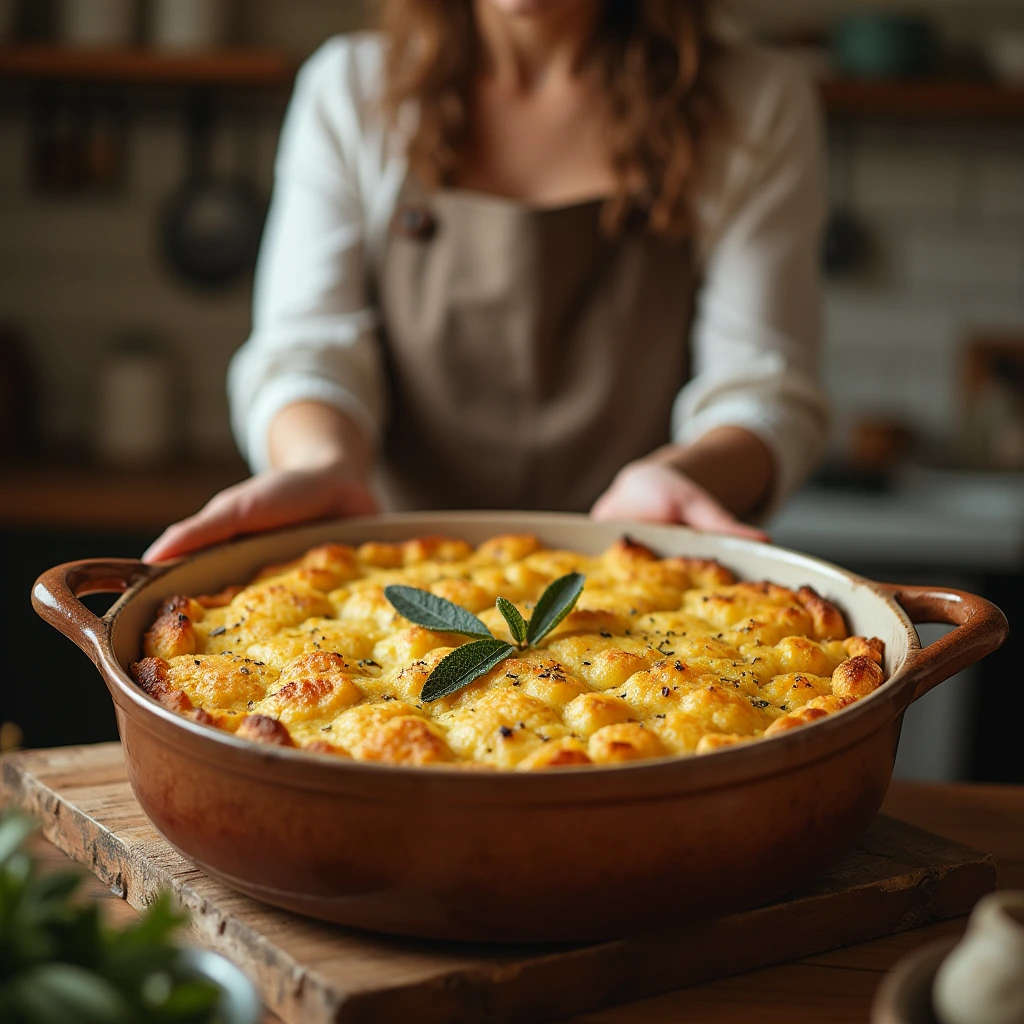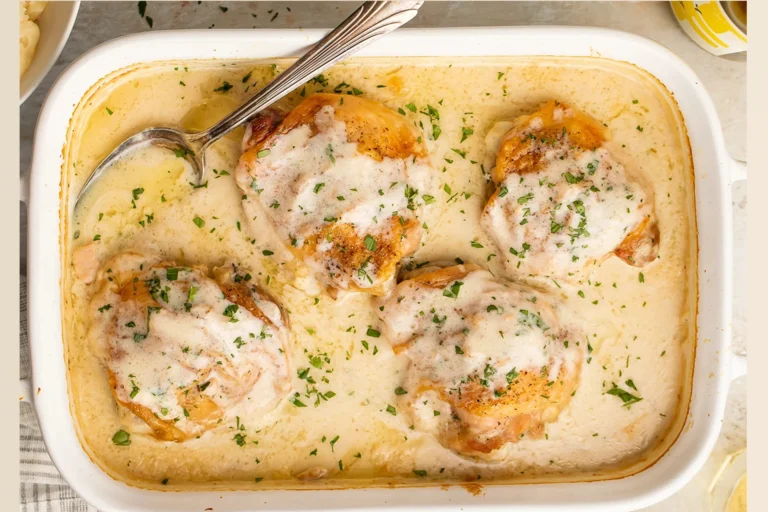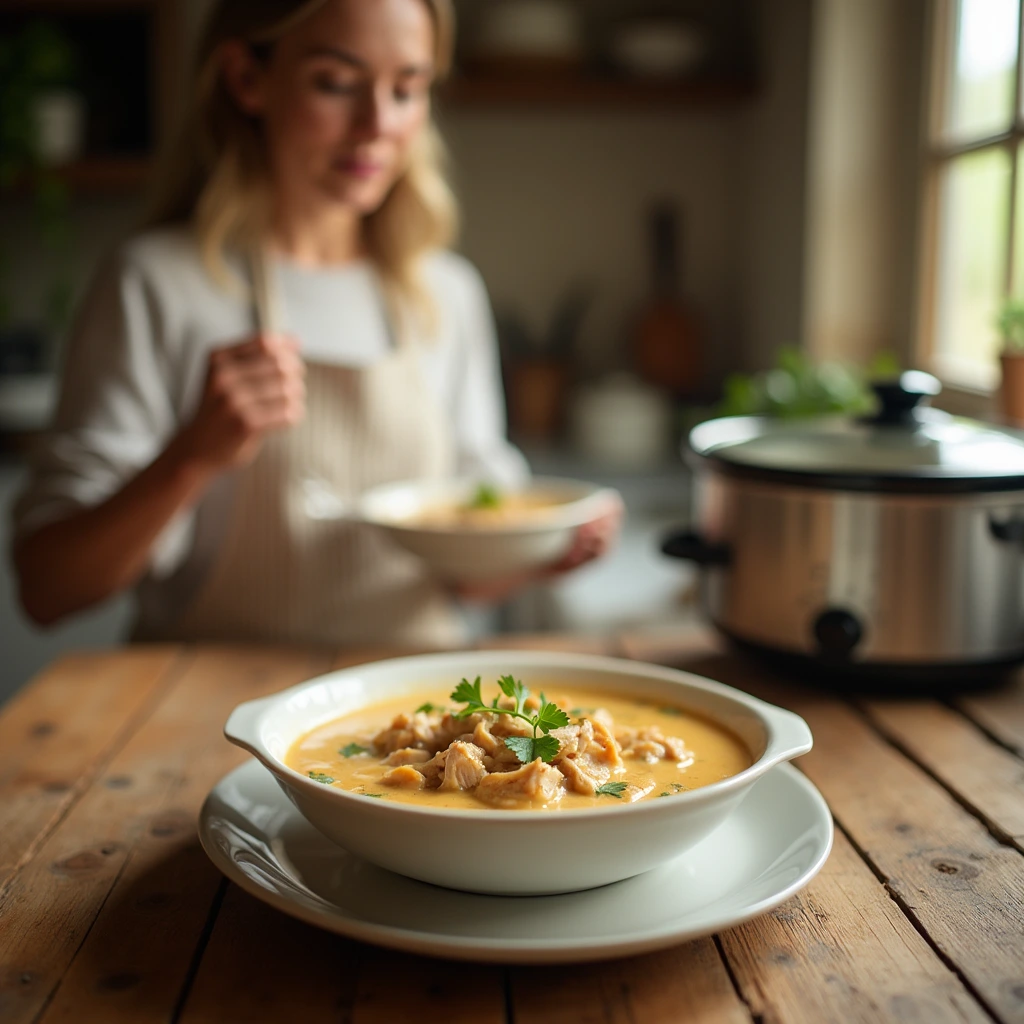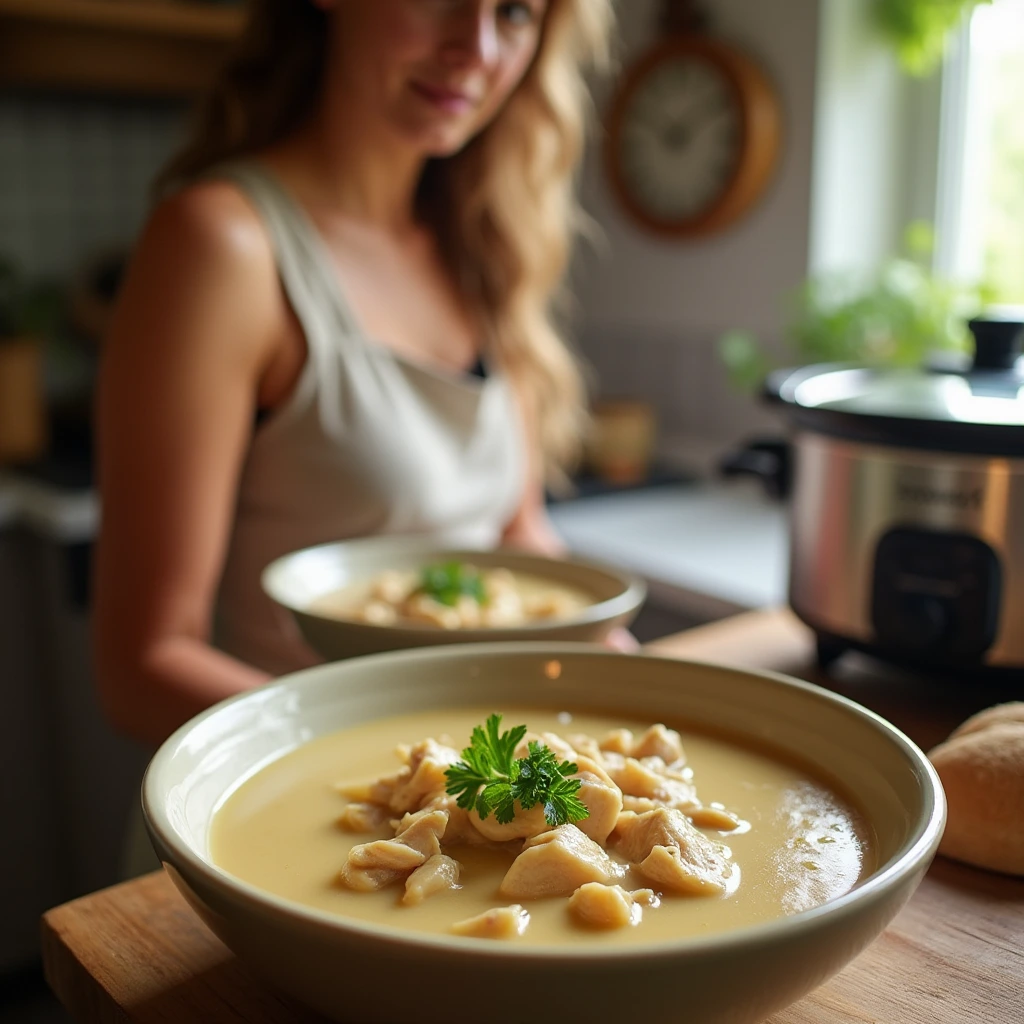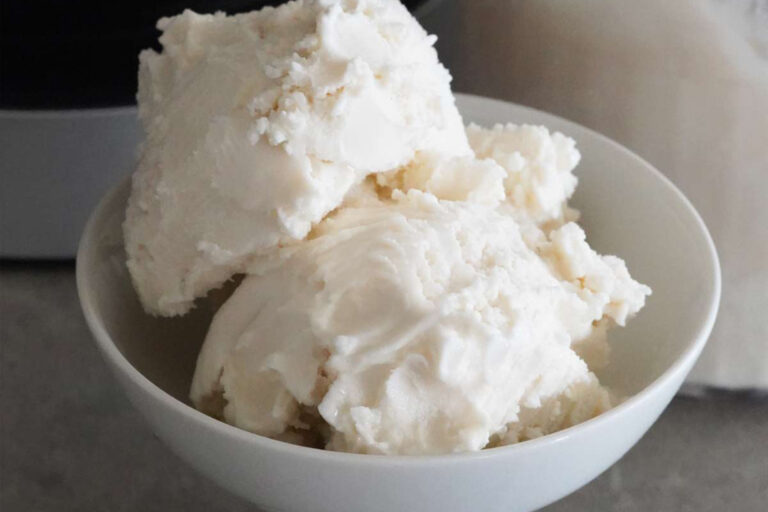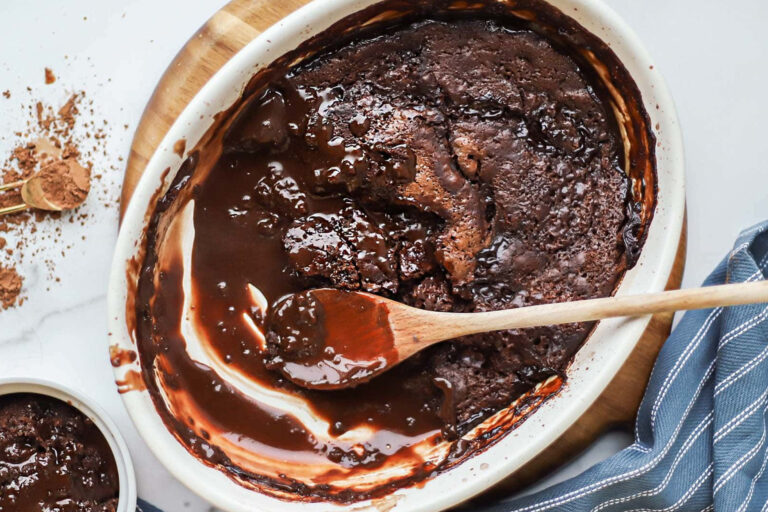Introduction: The Magic of Grilled Beef Ribs
There’s something deeply satisfying about a perfectly grilled beef rib. The sizzling sound as it hits the hot grill, the smoky aroma rising into the air, and the anticipation of that first juicy bite. Whether you’re hosting a family gathering or enjoying a casual barbecue with friends, grilling beef ribs is more than just cooking—it’s an experience that brings people together. In this article, we will guide you through everything you need to know to make your grilled beef ribs unforgettable: from choosing the right cut to mastering grilling techniques and adding the perfect finishing touches.
Table of contents
Understanding Grilled Beef Ribs
What Are Grilled Beef Ribs?
Grilled beef ribs are a beloved BBQ dish known for their rich flavor and tender texture. There are several types of beef ribs, each offering a unique grilling experience:
- Short Ribs: These are meatier cuts that offer a lot of flavor and tenderness when cooked low and slow. They are often ideal for braising but can be beautifully grilled when done right.
- Back Ribs: Leaner than short ribs but still full of flavor, back ribs are perfect for a classic barbecue. They tend to cook faster and are great for grilling on direct heat.
- Flanken Ribs: These ribs are cut across the bone, creating a thin, wide strip of meat that cooks quickly and is packed with flavor. They’re great for grilling over high heat.
Understanding the differences between these cuts is crucial because each type requires slightly different preparation and cooking techniques. For instance, short ribs benefit from slow cooking methods, while back ribs and flanken ribs are ideal for a quicker, high-heat grill session.
Why Grilled Beef Ribs Are a BBQ Favorite
Grilled beef ribs are much more than just a meal—they’re an experience. The deep, smoky flavor from the grill combined with the natural richness of beef makes them irresistible. Here’s why they remain one of the most popular BBQ options:
- Flavorful: The fat content in beef ribs melts as they cook, basting the meat in its own juices, which creates a rich, savory flavor. This fat also helps keep the meat tender and juicy.
- Versatile: Whether you prefer your ribs with a tangy BBQ sauce, a dry rub, or simply seasoned with salt and pepper, they are incredibly versatile and can be customized to suit any palate.
- Ideal for Sharing: Grilled beef ribs are perfect for sharing at family gatherings or BBQ parties. They’re large, satisfying, and the perfect centerpiece for any meal.

Preparing for the Perfect Grilled Beef Ribs
Choosing the Right Cut of Beef Ribs
The first step in creating a mouthwatering BBQ experience is selecting the right cut of beef ribs. Here are some tips to help you choose the best cut for grilling:
- Look for Marbling: Marbling refers to the streaks of fat running through the meat. More marbling typically means more flavor and tenderness. It’s especially important in cuts like short ribs.
- Check Thickness: Choose ribs with consistent thickness to ensure even cooking. Thicker ribs may need more time on the grill, while thinner cuts cook faster.
- Freshness Matters: Whenever possible, buy fresh ribs from a local butcher. Pre-packaged ribs can sometimes be of lower quality and less flavorful.
Table: Comparison of Beef Rib Cuts
| Cut Type | Texture | Cooking Method | Best For |
|---|---|---|---|
| Short Ribs | Rich, Tender | Slow Cooking, Grilling | Grilling, Braising |
| Back Ribs | Lean, Flavorful | Grilling | BBQ, Roasting |
| Flanken Ribs | Thin, Juicy | Quick Grilling | Grilling |
Preparing the Ribs for Grilling
Once you’ve chosen your cut, it’s time to prepare the ribs. Proper preparation ensures you get the best flavor and texture from your meat.
- Trimming Excess Fat: While some fat is necessary for flavor, too much fat can result in flare-ups on the grill. Trim away any thick layers of fat, but leave enough to keep the meat juicy.
- Removing the Silver Skin: The silver skin is a tough membrane found on the back of beef ribs. Removing it will prevent the ribs from becoming chewy and tough. To remove it, slide a knife underneath and gently pull it off.
- Seasoning Your Ribs: Seasoning is key to a flavorful rib. You can go simple with salt and pepper, or try a dry rub for more complexity. A basic dry rub includes brown sugar, paprika, garlic powder, and a pinch of cayenne pepper. Apply the rub generously and let the ribs sit for at least 30 minutes before grilling to allow the flavors to penetrate the meat.
Grilling Techniques for Smoky, Juicy Beef Ribs
Mastering the Grill Setup
To achieve the perfect grilled beef ribs, it’s essential to set up your grill correctly. Here’s how to do it:
- Two-Zone Heat Setup: The key to cooking beef ribs is using both direct and indirect heat. Set up your grill with a hot side for searing and a cooler side for slow cooking. This allows you to get a crispy crust on the ribs while keeping the meat juicy and tender.
- Wood Chips for Extra Smoke: To enhance the smoky flavor, add wood chips or chunks to your grill. Soak the chips in water for about 30 minutes before placing them on the coals. Applewood, hickory, or mesquite are great options for grilling beef ribs.
Cooking Times and Temperatures for Perfect Beef Ribs
The cooking time for grilled beef ribs depends on the cut and the heat level. Here’s a guide to help you get your ribs cooked just right:
- Short Ribs: These can take anywhere from 2 to 3 hours to cook at a low heat (225-250°F). You can also cook them over indirect heat, allowing the meat to become tender and infused with smoke.
- Back Ribs: These tend to cook faster, usually around 1.5 to 2 hours at 300°F. Since they’re leaner, they need less time on the grill to avoid drying out.
- Flanken Ribs: These thin ribs cook quickly—usually around 1 hour at high heat (400-450°F). Keep a close eye on them to prevent overcooking.
Pro Tip: Use a meat thermometer to check the internal temperature. For perfectly cooked ribs, you’ll want an internal temperature of around 195°F–203°F, which ensures the meat is tender and juicy.
The Art of Saucing and Basting
While beef ribs have plenty of flavor on their own, adding a sauce or baste in the final stages of grilling can take them to the next level. Here’s how to do it right:
- Saucing at the Right Time: Avoid applying BBQ sauce too early. The sugar in the sauce can burn when exposed to direct heat for too long. Instead, brush the sauce on in the last 20–30 minutes of cooking.
- Basting Tips: If you want a more complex flavor, try basting your ribs with a homemade glaze. A mix of honey, mustard, and a dash of cayenne pepper creates a sweet and tangy finish that complements the smoky flavor of the beef.
Enhancing Your Grilled Beef Ribs Experience
Side Dishes That Complement Grilled Beef Ribs
A great side dish can turn a simple grilled rib into a full feast. Here are some ideas to complete your BBQ spread:
- Creamy Coleslaw: The crunch and tanginess of coleslaw are a perfect balance to the richness of beef ribs.
- Grilled Corn on the Cob: Sweet and smoky, corn on the cob is a classic side that pairs well with any grilled meat.
- Garlic Bread: This crispy, buttery treat is great for soaking up any juices left on the plate.
- Grilled Vegetables: Roasted or grilled vegetables, such as potatoes, bell peppers, and onions, offer a delicious contrast to the meat.
Conclusion: Master the Grill and Impress Your Guests
Grilling beef ribs is more than just a cooking technique—it’s a chance to create lasting memories with family and friends. By choosing the right cut, using the proper grilling techniques, and enhancing your ribs with the perfect sauce and sides, you’ll create a meal that’s not only delicious but also memorable. So fire up the grill, follow these tips, and enjoy your smoky, juicy beef ribs with pride.
FAQ:
Q1: How long should I cook grilled beef ribs?
- Grilled beef ribs should cook for anywhere between 1.5 to 3 hours, depending on the cut and heat level. Always use a thermometer to ensure the internal temperature reaches 195°F–203°F for the best results.
Q2: What’s the best way to add smoky flavor to my grilled beef ribs?
- Soak wood chips and place them on the grill to infuse your ribs with that delicious smoky aroma. Choose woods like applewood, hickory, or mesquite for the best flavor.
Q3: Can I use store-bought BBQ sauce on my beef ribs?
- Absolutely! Apply BBQ sauce in the last 20–30 minutes of grilling to avoid burning. You can also make your own sauce for a personalized touch.
Q4: What’s a good side dish to serve with grilled beef ribs?
- Try classic sides like creamy coleslaw, roasted vegetables, or garlic bread. These sides perfectly complement the rich flavor of beef ribs.
Now that you’re armed with expert grilling tips, it’s time to get cooking. Share your juicy, smoky beef ribs with family and friends, and watch as they rave about your BBQ skills. Happy grilling!

